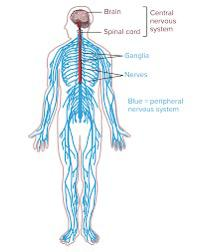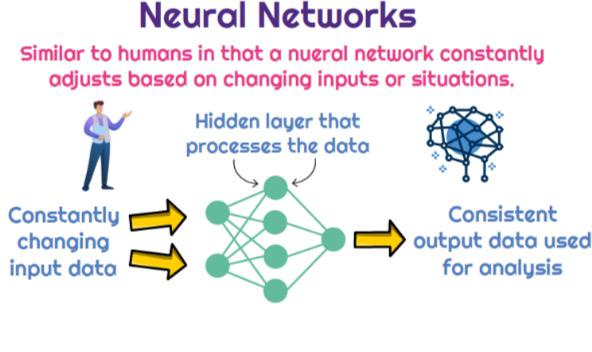How do mental illnesses affect neuron networks in the brain?
Munira Hossain • 2024-06-30
Understanding mental health and how it is interlinked with the rest of the human body remains a mystery
As medical studies are improving, we are discovering increasing amounts of information regarding its effects. In this article, we will delve deeper into how mental illnesses directly have an effect on the neural networks in our brain.
Mental health can be defined as “a state of mental well-being that allows people to cope with the stresses of life.” This includes emotional, psychological and social well-being. According to Mind UK, 1 in 4 people suffer from some kind of mental health issue, and 1 in 6 suffer from common mental health problems. This includes mixed anxiety and depression (ASPD), generalised anxiety disorder (GAD), phobias, Obsessive-compulsive disorder (OCD) and more. A person’s diagnosis may change several times within their lifetime and as our healthcare system grows and develops, treatment has become more accessible. Approximately 1 in 3 now have access to therapy, medications and other treatments according to their psychiatric issue.
From a biological perspective, a neural network is “a population of biological neurons chemically connected together through synapses.” One neuron can be connected to thousands of synapses, and has the power of executing extremely intricate tasks through electrochemical signals. This is known as action potential and has an excitatory effect, which propagates signals as they are coming through, causing them to suppress via the inhibitory role. Large scale brain networks form the brain and nervous system in humans, which is responsible for carrying messages between the brain and the rest of our body. This includes somatic, autonomic, and more.
Neural networks can also be modelled using a type of computer which can loosely represent brain functions using AI systems.Through research, it has been found that computer-based neural networks have the power of representing over 11,000 neural networks that can stimulate the function of grid cells. The grid cells are found in the entorhinal cortex of the brain, which allows for understanding locations. To understand how mental illnesses have an effect on neurons, we first have to strengthen our understanding of how the brain functions and how communication takes place. To put it simply, neurons are information messengers and they use electrical signals to send messages through the brain, spinal cord and the rest of the body.
The science behind mental illnesses are intricate. Many scientists strongly believe that mental illnesses are actually caused by the miscommunication of neurons in the brain; also known as neurotransmission. The disruptions of hormones such as dopamine, glutamate and norepinephrine reduces the amount of serotonin (mood hormone) being released in the presynaptic neuron. Because this is the “happy hormone”, through a lack of this a person may develop depression and adding to the complexity of the disease. Due to the strain this causes in our brain, for example with depression, it leads to headache, fatigue, insomnia and other symptoms. Anxiety can induce panic attacks, tremors and shaking and other physical symptoms due to the weakness of the muscle and disruption in communication through the synapses. However, genetic factors also play a role; autism, BPD, ADHD and schizophrenia are heavily based on genetics. You are far more likely to develop these illnesses and a combination of factors can cause mental illness. Social issues such as a severe parental discord, death, overcrowding, violence are also major causes of mental health disorders.
If mental illnesses are not treated properly, too much of specific hormones may be released. This is because the neurons are constantly in fight or flight mode and are much more likely to release stress hormones and the electrochemical messages which are relayed would cause the person to have low mood, impulsive behaviours and overall extremely poor health. They may be in good physical shape or appear to be “normal”, but deep in the hidden layer which processes these messages, they are not okay. However, access to treatments and improvements in research have vastly expanded our knowledge and understanding of the links. We hope to discover more ways of treating mental health issues by studying the brain and nervous system, because it is just as important as our physical health. The dissipation of stigma and taboo around mental health has also allowed us to speak freely about the issue, further improving our research and understanding. This is how mental illnesses cause miscommunication within the neurons of our brain and release of stress response chemicals, which may later lead to the downfall of our physical health
References: 1. MIT News: https://news.mit.edu/2022/neural-networks-brain-function-1102 2. Universal CPA Review 3. https://fatty15.com/blogs/news/what-are-neurons 4. Mind- Mental Health 5. World Health Organisation 6. Wikipedia 7. Cleveland clinic 8. National Institute of health
See More Posts
Copyright © 2021 Govest, Inc. All rights reserved.




